Inflatable Ride Safety Alert
Inflatable amusement products such as bounce houses, slides, obstacle courses, climbing walls, and interactive inflatables are becoming a popular form of entertainment for back yard parties and events. Serious injuries and fatalities are occurring when the structures are not set up properly or supervised.
Winds can lift the improperly anchored rides and the occupants several feet in the air, dropping them on unpredictable surfaces. Recent incident have landed rides in a pond, on a highway and on a roof with children inside. Bystanders are helpless as they watch children tossed and dropped. Injuries range from bumps, bruises, broken bones, spinal cord injuries to traumatic brain injures. Once the inflatable ride is detached from the power source deflated sections can cause suffocation.
In addition to injuries caused from structures being lifted from the ground inflatable slides pose the risk of deflating rapidly with the occupant rapidly descending to the ground from the height of the slide. Climbing walls run a similar risk when a poorly functioning harness system, whether by mechanical failure or attendant failure, fails and the climber free falls off of the ride.
The Consumer Product Safety Commission (CPSC) reported an estimated 31,069 emergency department-treated injuries associated with inflatable amusement rides that occurred between 2003 and 2007.
If you choose to use or participate in the use of an inflatable amusement ride strictly follow the owner/operator’s manual for site layout; inflation procedures; ropes, tethers, tie-downs, and anchors; temperature range; maximum number of passengers; size/age of riders; electrical codes; daily operation, deflation, and inspection; cleaning and drying; repair; and storage and transportation.
Parent need to rely on common sense. If a situation seems unsafe, use your intuition.
Construction considerations:
• Seams: are they reinforced?
• Blower Motor: Is there a sealed chamber in the ride to prevent the rapid collapse of the ceilings and walls if the power is lost. Is the blower motor plugged into a circuit that is ground fault interrupted to protect from shock.
• Anchors: How strong are the D-Rings used to anchor the ride?
• Anchoring: Is it anchored correctly according to manufacturer’s directions?
• Vinyl Material: Is it lead free?
• Attendant: What type of training has the attendant for the ride received?
• Surface: Indoor or outdoor, what type of surface will a participant fall on if they fall or are dropped in a ride?
Safe Inflatable Operators Training Organization Safety Tips:
• Operator should be with the unit at all times.
• Do not allow children 3 years and younger inside.
• Organize users of the inflatable by size.
• Don’t exceed maximum capacity.
• Perform frequents safety checks.
• Turn off inflatables during inclement weather or high winds.
Few states have any regulations concerning inflatable amusement rides.



